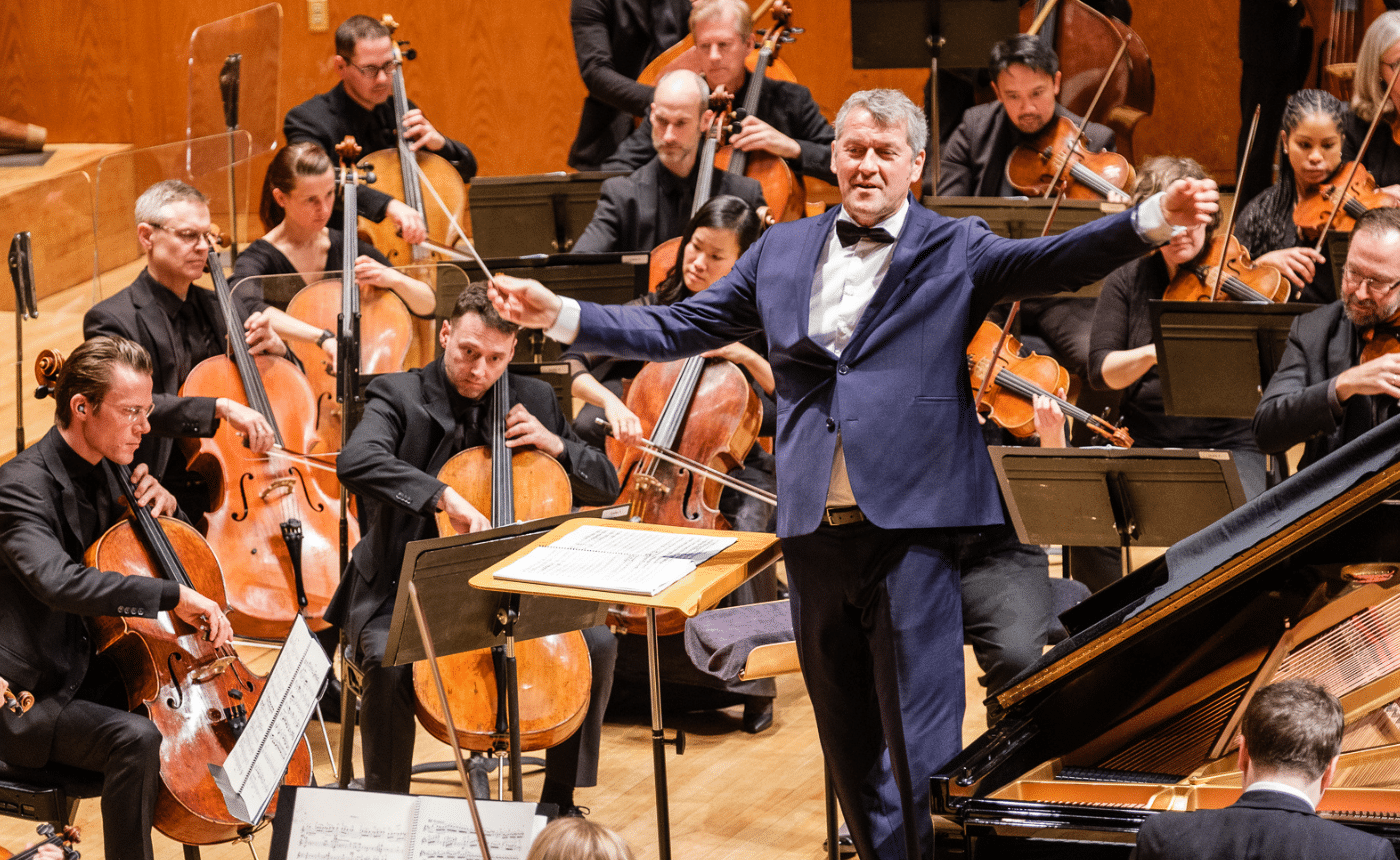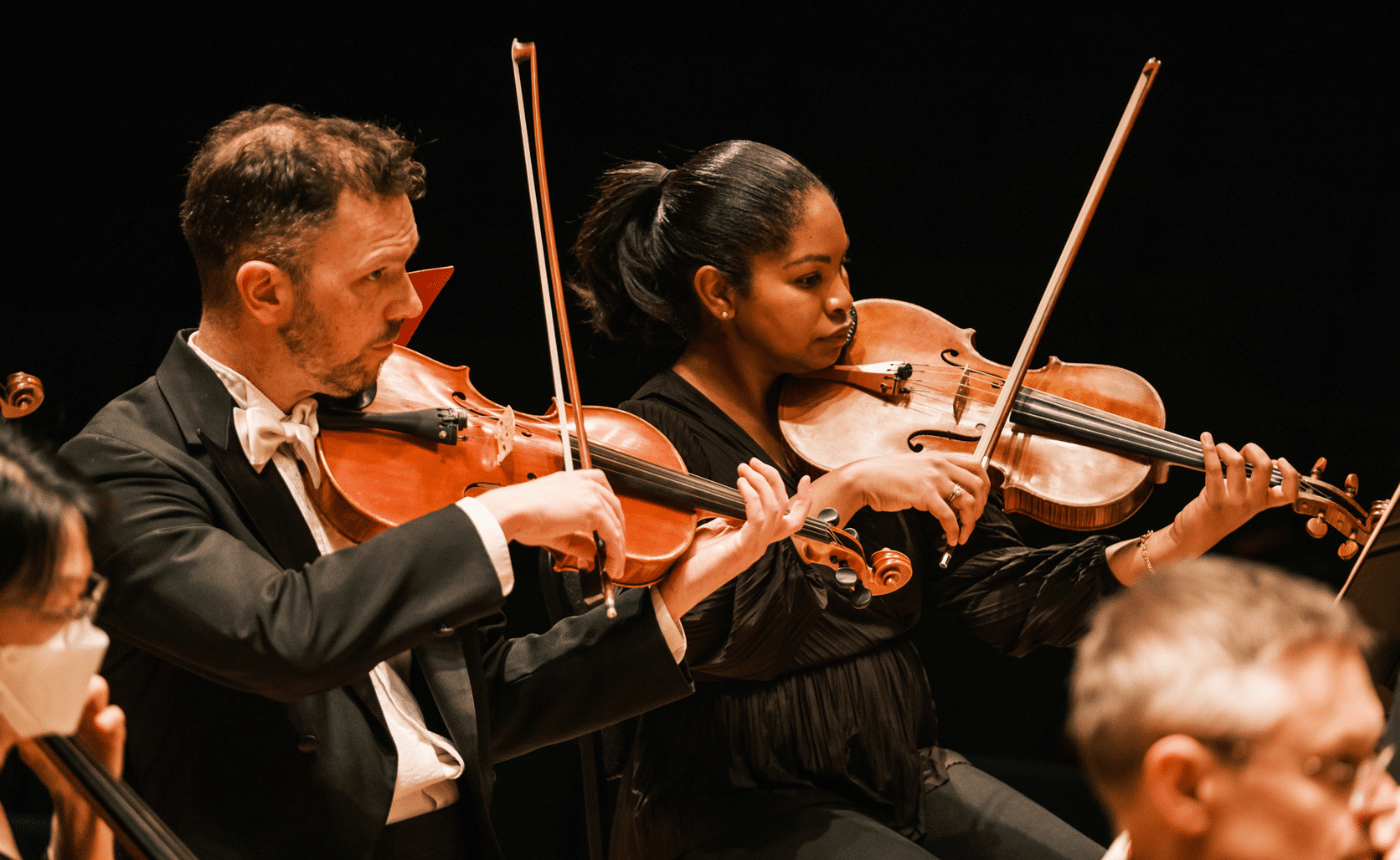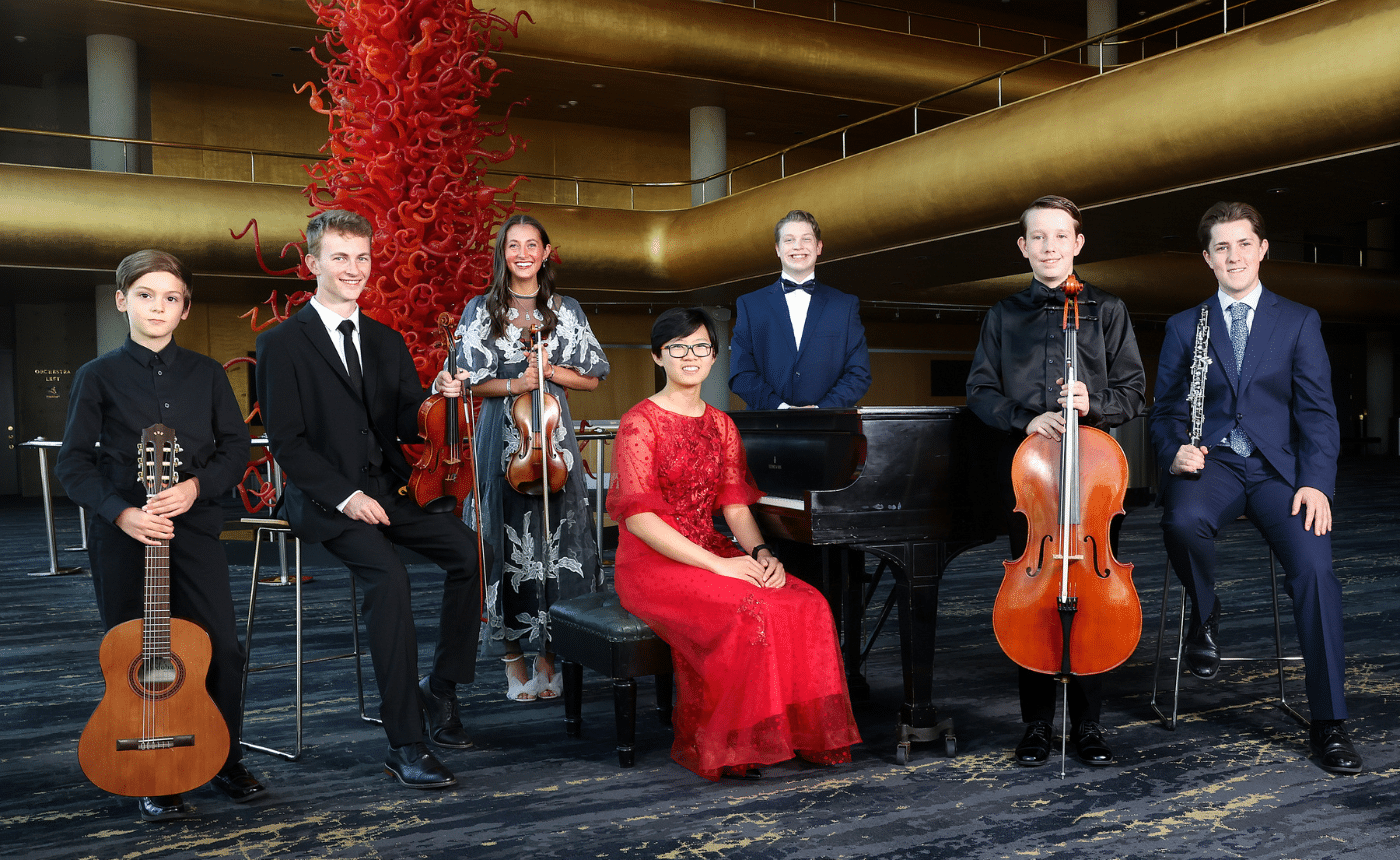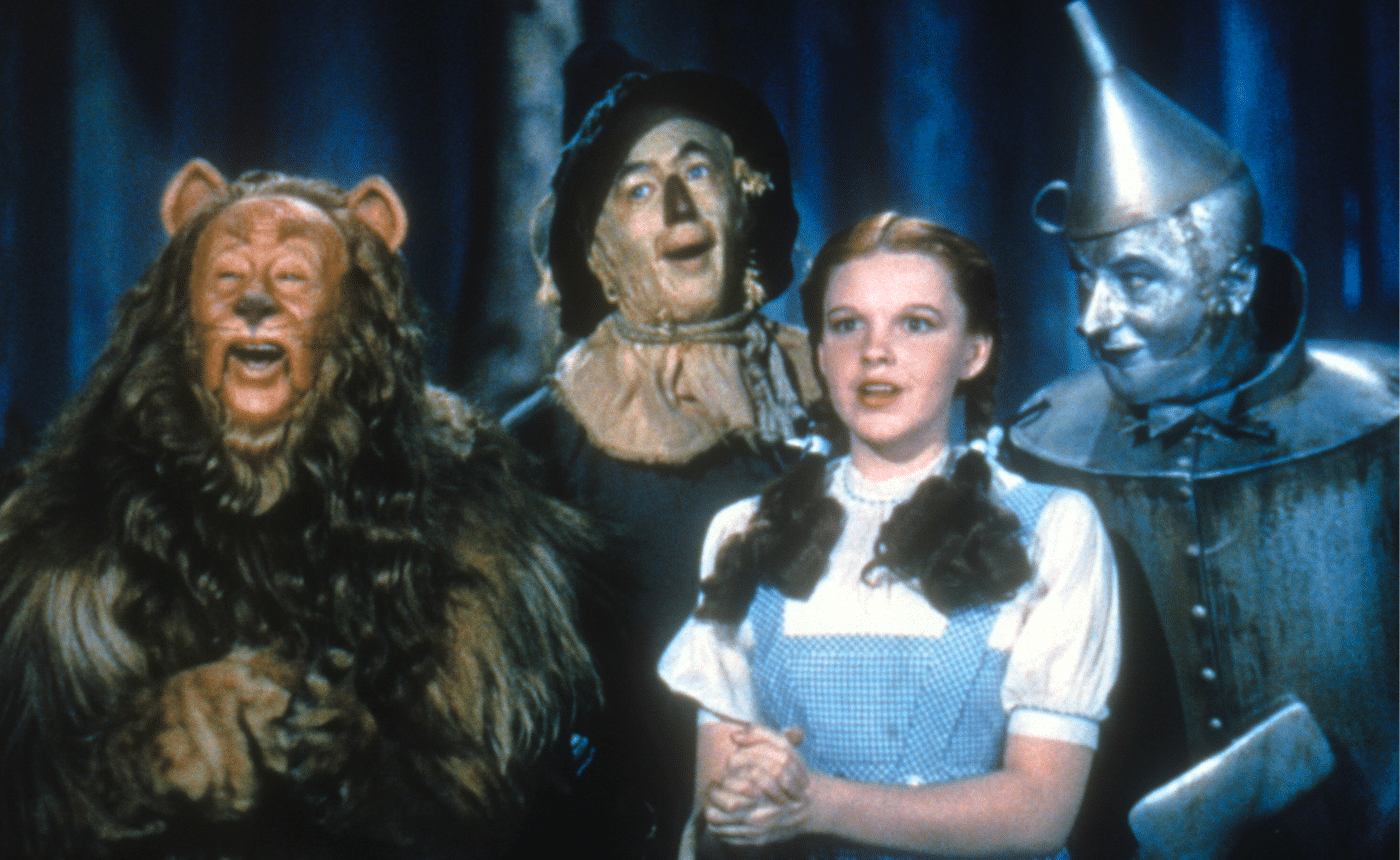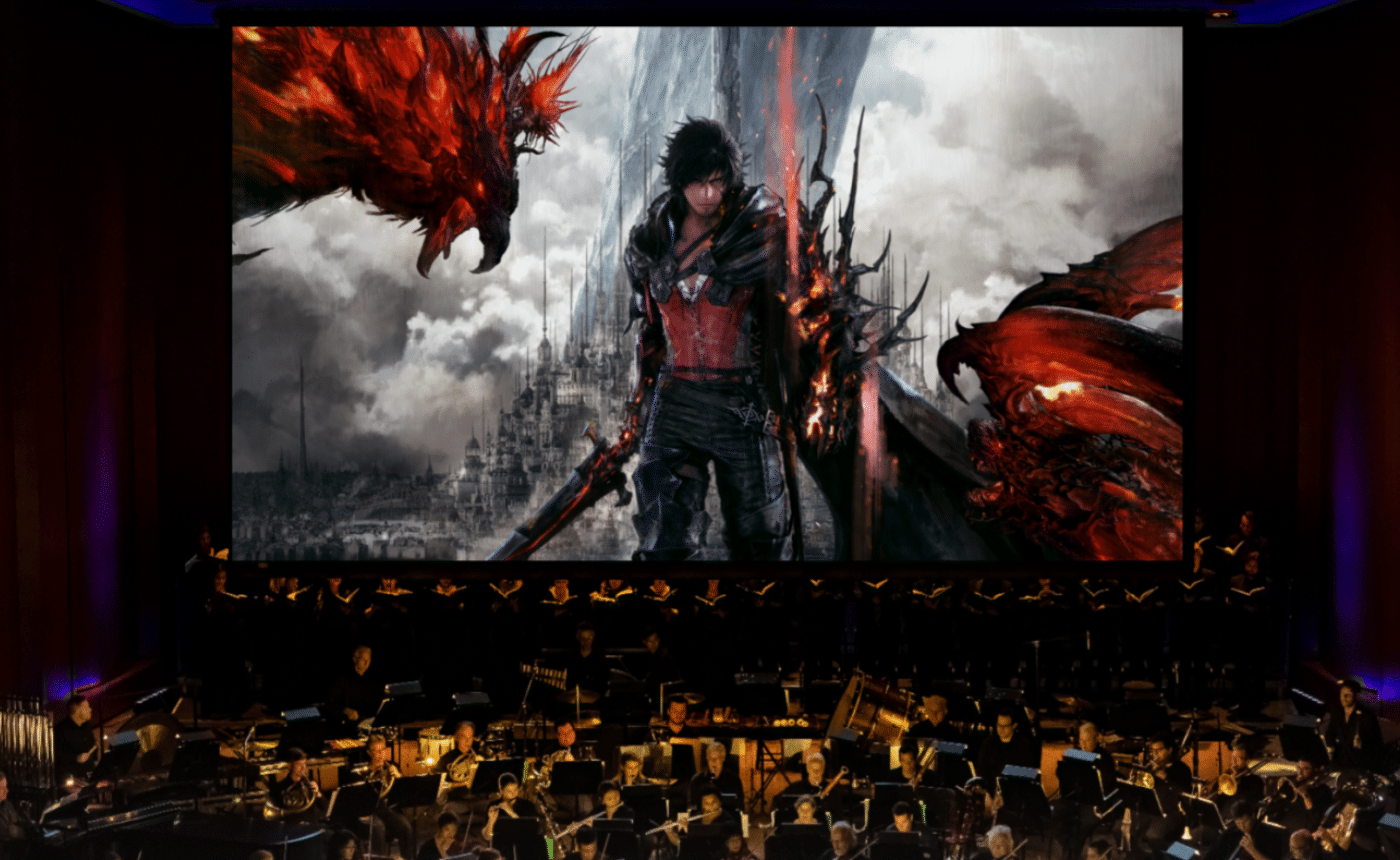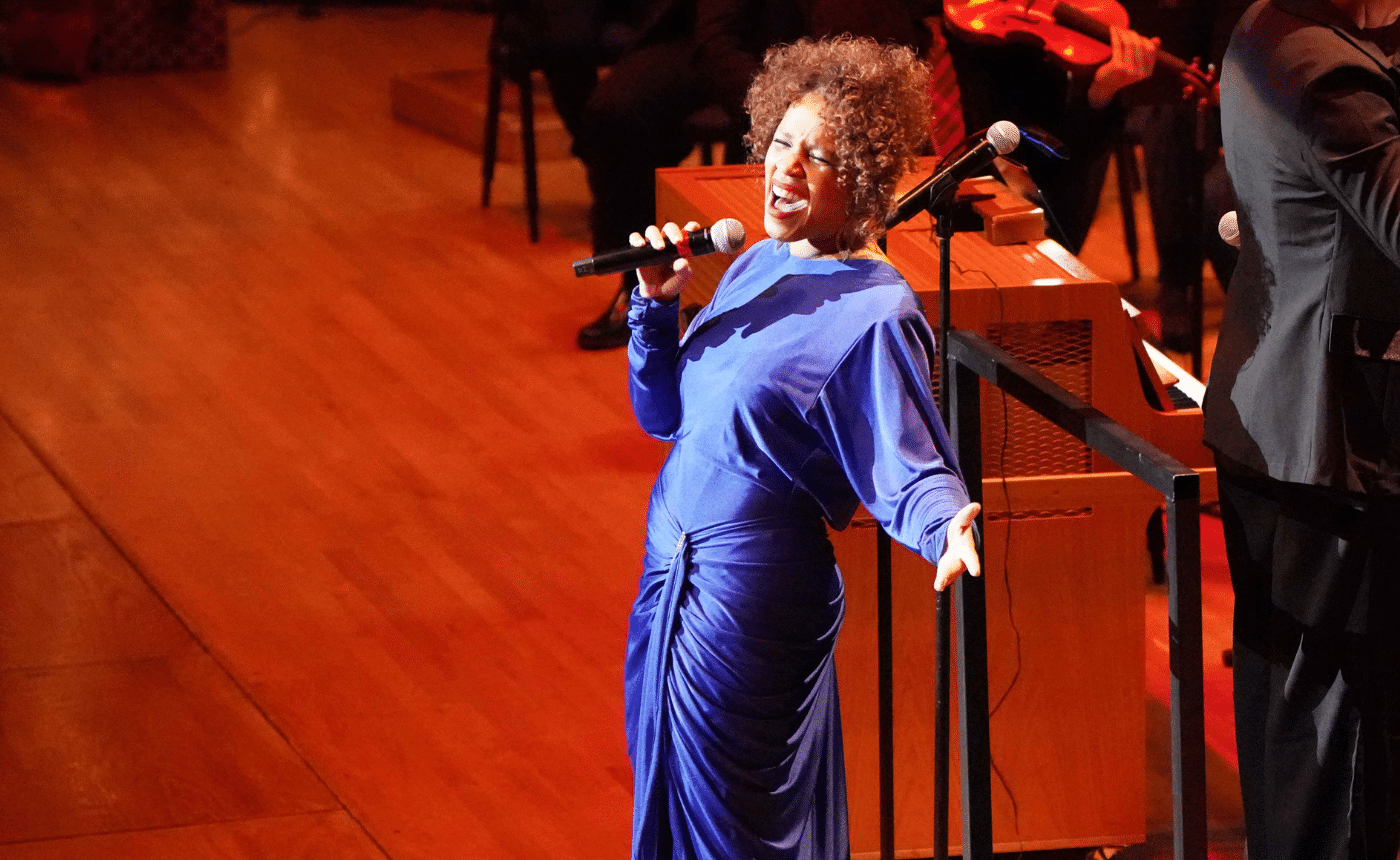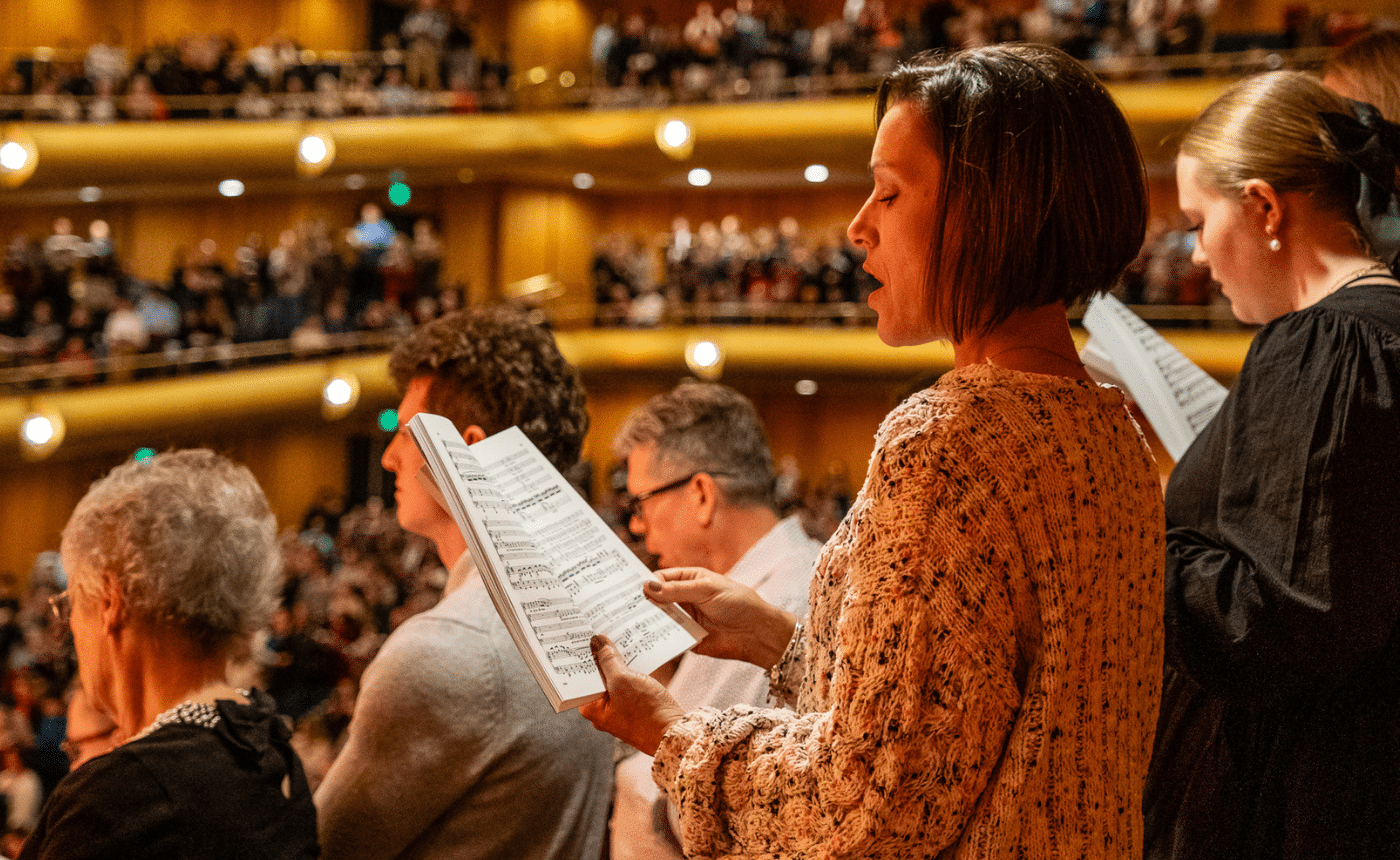Rachmaninoff – Concerto No. 3 in D minor for Piano and Orchestra, Opus 30
Instrumentation:2 flutes, 2 oboes, 2 clarinets, 2 bassoons; 4 horns, 2 trumpets, 3 trombones, tuba; timpani, bass drum, crash cymbals, snare drum; strings
Duration: 40 minutes
BACKGROUND – Not all great interpreters of Rachmninoff’s third piano concerto have Russian background, like the virtuoso Andrey Gugnin. But a Russian upbringing certainly can’t hurt in playing this or any composition by Rachmaninoff, whose life and music were characteristically Russian. Rachmaninoff was a great pianist as well as composer, famously melancholy. His moods were intensified when he was away from his home country, which he loved in his very bones; being away from Russia sometimes paralyzed him with homesickness. Yet he was also cosmopolitan and well-traveled, and understood the practical advantages of a life of relative luxury and convenience in California, which had attracted other Russian emigres, including Stravinsky. Though Rachmaninoff composed this concerto in 1909 in the idyllic setting of his family’s country estate, Ivanovka, it was an appropriate vehicle for the composer’s later concert tours. In planning these tours, he viewed America almost as an economic promised land. As he knew well, spectacularly difficult concertos are the “money concertos” – they sell tickets. And the Rachmaninoff third is one of the most difficult in the piano repertory.
Our chances of hearing a great performance of this formidable concerto are probably greater than ever before, especially since the movie Shine, with actor Geoffrey Rush as pianist David Helfgott, brought its grueling demands to a wider public. Interestingly, our chances of hearing a woman pianist contend with Rachmaninoff’s virtuosic writing are also greater than ever. For decades after the master’s death in 1943, there was an unwritten (and unreasonable) rule of thumb against women tangling with his music, which requires huge reserves of power and an extremely large digit span. The trailblazing exceptions included Ruth Laredo and especially Alicia de Larrocha, the diminutive Spaniard who proved it was possible to power through Rachmaninoff’s gaping intervals and thundering octaves despite her small stature and hands.
With our luxury of listening choices, we can easily forget how different things were in Rachmaninoff’s day and earlier, when fewer soloists were prepared to play the great concertos, and when the composers who wrote them were often prominent soloists in their own right. Rachmaninoff, the last of the great Russian Romantic composers, was also one of history’s great pianists — perhaps the greatest of all, according to some current re-evaluations. (Recordings of Rachmaninoff exist, and his performances are well documented.) With Frederic Chopin, Franz Liszt, and the great Baroque organists like Bach and Telemann, he was one of classical music’s legendary masters of the keyboard who were also great composers. Of these, he was an heir of Liszt — whose works demand power, speed, and fire — rather than the poetic, introspective Chopin.
If Tchaikovsky was the central and best known of the Russian romantic composers, and if Glinka was the first and the father figure, then Rachmaninoff embodied their artistic culmination. As a conservatory student in Moscow and St. Petersburg, he focused intensively on both piano technique and composition, and he was recognized as a great pianist throughout his career; just before his death, he was touring the U.S. as a piano soloist. Despite his latter-day moodiness and a bit of harmonic adventurism, you can hear that his style was rooted in the 1800s and in Russia as deeply as his predecessors’.
But Glinka and Tchaikovsky remained in the motherland and died there in 1857 and 1893, respectively. Listening to Rachmaninoff ’s long, brooding lines — their sweetness tinged with melancholy — it can be a jolt to learn that he died at his home in sunny Beverly Hills as recently as 1943. Another Russian expatriate composer, Igor Stravinsky, had come to the United States in 1939, became a naturalized U.S. citizen, and spent time living in Los Angeles. But as a composer, Stravinsky already inhabited a very different, more modern era.
Rachmaninoff’s hallmarks are dazzling virtuosity and plush melody. Big intervals and big sound were natural parts of his musical vocabulary, and seemed to come naturally to his huge hands and long limbs; in fact, it is now believed that he had Marfan’s Syndrome, a congenital condition associated with these skeletal proportions. But if Marfan’s contributed to his heroic sound, there was a more delicate aspect to the Rachmaninoff style — fleet passagework, rhythmic pliancy, and long, singing lines.
WHAT TO LISTEN FOR – Rachmaninoff’s third piano concerto is known to many pianists as Rach 3, or — thanks to Sylvester Stallone — as Rocky III because it is so formidable a heavyweight. The difficulties lie in Rachmaninoff’s unique combination of power, poetry and speed. Those huge, complex chords, thundering octaves, cascading phrases and purling legatos might be nearly impossible to play, but should sound effortless as they hold you in their thrall. It’s only afterwards, when you are released from their spell, that you might wonder how in the world the pianist played them with only two hands.
Written in the three-movement form typical of Romantic concertos, the Piano Concerto No. 3 begins with an allegro movement in D minor. The opening statement, a relatively simple melody, is juxtaposed against a slower theme, frames a characteristic Rachmaninoff development section: brilliant passagework and thundering climaxes create intense drama before the original theme reappears in relative tranquility.
The concerto’s second movement reveals what many listeners value most in Rachmaninoff: a melody of intense, swooning romanticism that goes wherever its organic, spontaneous development seems to lead it. This development is mediated by the reintroduction of the main melody from the first movement. Solo flourishes from the piano lead directly from the close of this central movement to the opening of the concerto’s third and final movement.
This movement brings together the concerto’s various themes in a rousing finale. Instead of a rigid development section, the movement proceeds freely, building to an early climax that recalls the first movement. Then the movement’s original themes are restated, carrying the concerto to a blazing conclusion.




